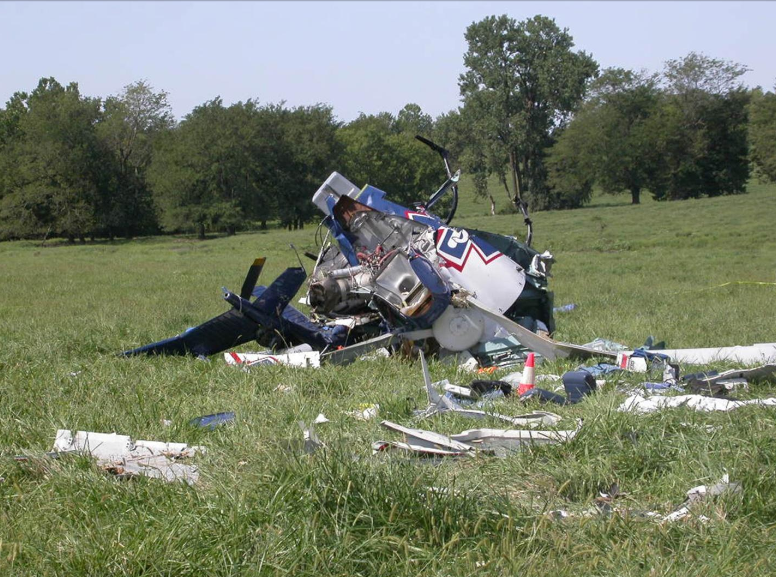Highlights from the 2016 International Rotorcraft Safety Conference
I’ve been in the Dallas/Ft. Worth metro area for the past two days attending the 2016 International Rotorcraft Safety Conference. Approximately 400 folks from all parts of the helicopter industry are gathered in an effort to improve helicopter safety. Sadly, the biggest hurdle the industry faces is not something that an engineer (like me) can fix with a new piece of technology. To borrow and modify a politically ultra-sensitive phrase: helicopters don’t kill people; people kill people.
The bulk of the presentations over the past two days have demonstrated quite clearly that poor decisions made in the cockpit (and frequently prior to getting in the aircraft in the first place) are the primary source of both fatal and non-fatal accidents. The reasons vary widely: over confidence, lack of adequate pre-flight planning, inadequate consideration of weather conditions, outside pressure to take or continue the mission, et cetera. Poor decisions made by pilots are the primary cause of accidents. Malfunctioning equipment barely makes the list and it is certainly nowhere near the top.
Better aeronautical decision making happens, in part, through the institution of a risk assessment process prior to flying in the first place. The condition of the weather, aircraft AND pilot must all be taken into account. I cannot go into great detail in this blog post but proven methods have been implemented in places such as Colorado Heli-Ops.
Another of the key themes coming out of the conference is the need for better training. When done properly, simulator training can help tremendously. This point was highlighted by a presentation made by the NTSB. An accident that occurred back in 2011 was analyzed and the conclusion was that the pilot failed to perform a proper autorotation following loss of engine power due to fuel starvation. A number of poor decisions had been made leading up to the tanks running dry. However, the fatalities ultimately were caused by the pilot not entering the autorotation properly. The spine-chilling fact, however, is that the pilot only had approximately 1 to 2 seconds to ‘do the right thing’. Did you watch the movie “Sully”? Do you remember they had about 30 seconds to decide there was a problem and then decide what to do? From an altitude of 500 to 700 feet (typical for a helicopter), a flawlessly executed autorotation will last only 25 to 30 seconds IN ITS ENTIRETY. When something goes wrong in a helicopter, the pilot has literally only a split second to recognize that there is a problem and then react in the proper manner.
The solution? More and better simulator training. Simulator scenarios can be set up to allow pilots to practice handling situations that would be unsafe to replicate in flight. The full details of NTSB’s investigation can be found in their report and their recommendations on simulator training can be found here.
The aviation industry as a whole is gradually moving towards policies, procedures and practices that institute and reinforce better aeronautical decision making. The word is also getting out that training enhancements are also warranted. Our safety record in aviation is nothing short of impressive. However, every news report of a fatal aeromedical helicopter accident is a sobering reminder that we can and must do better.

